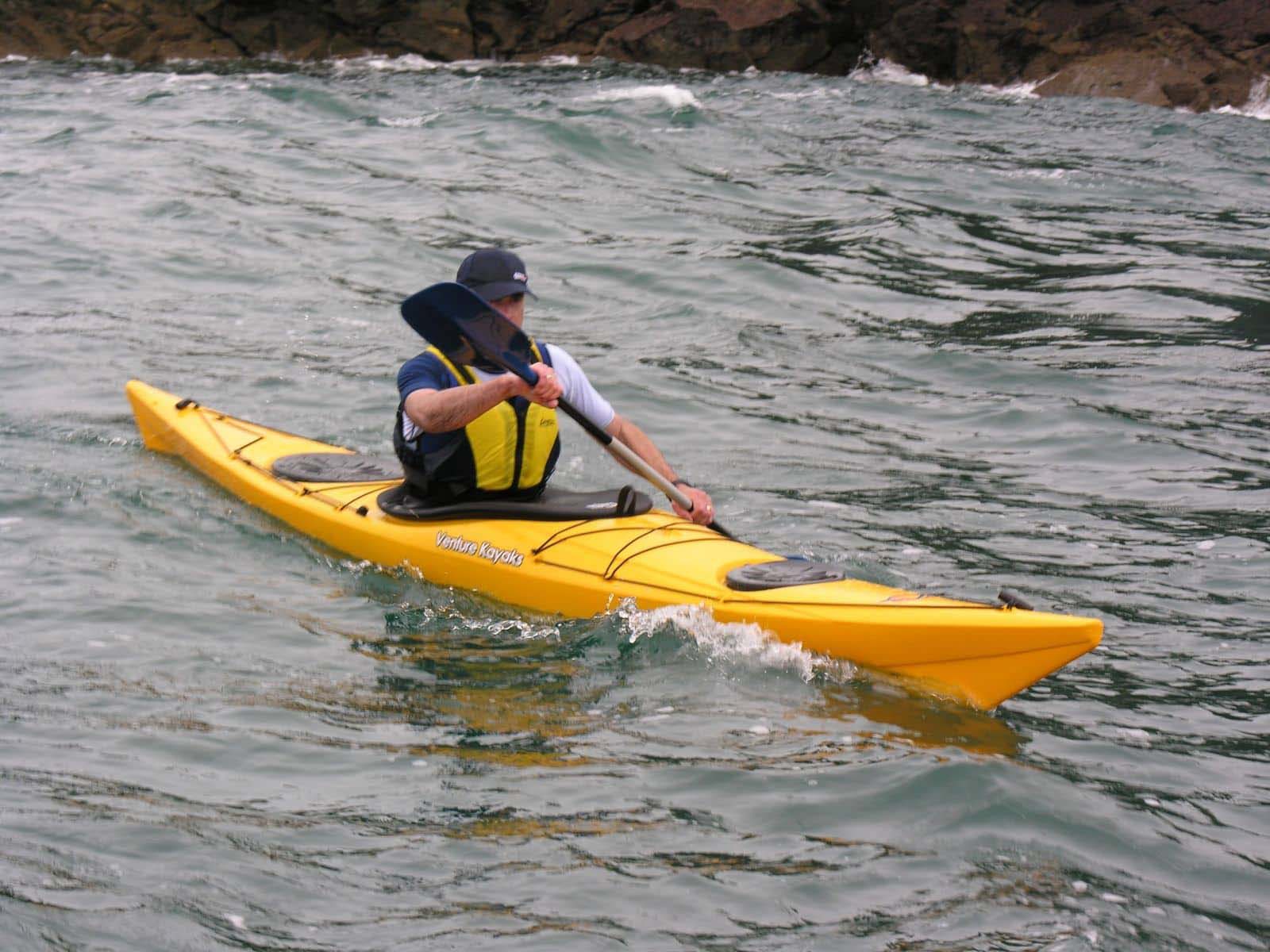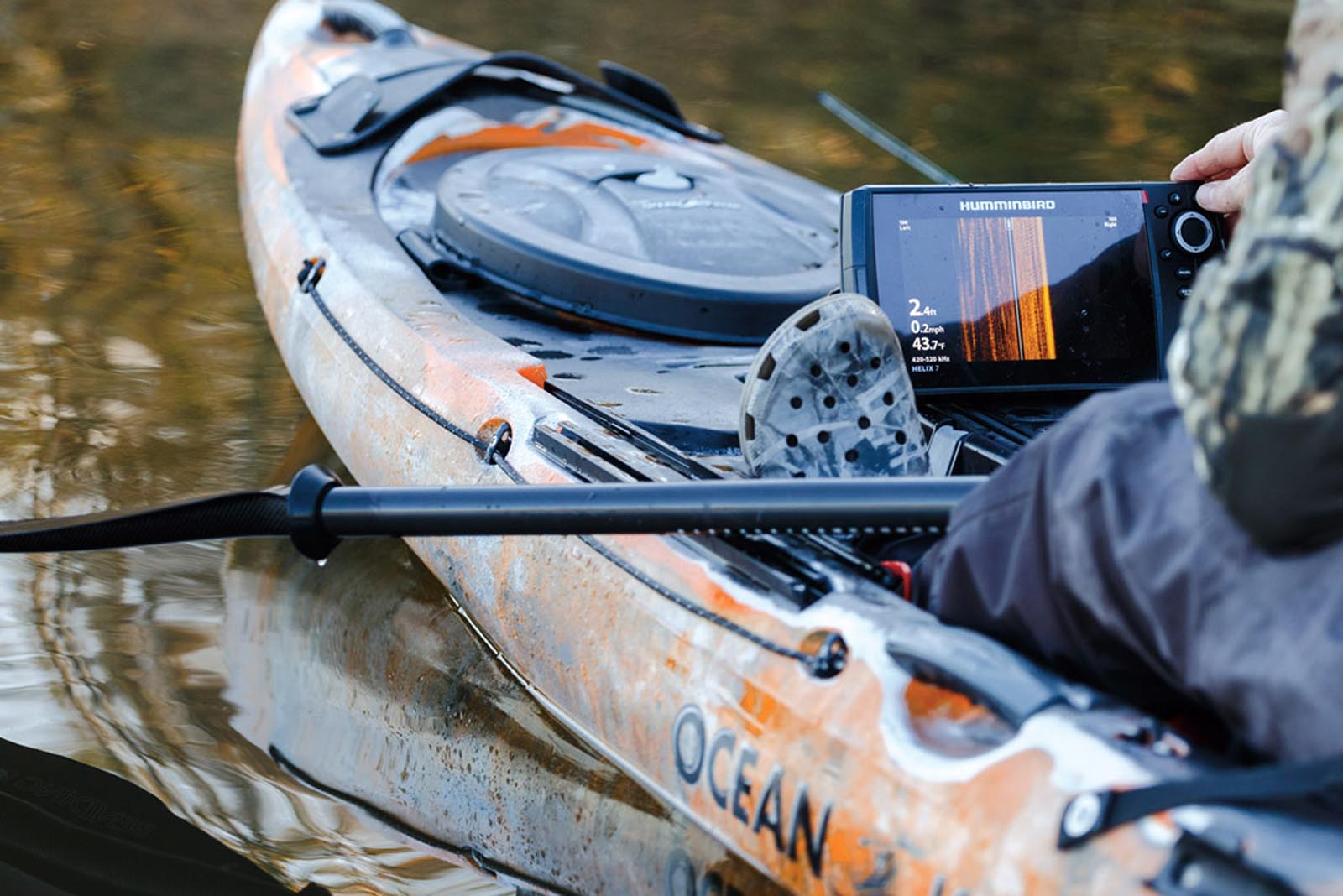
Is Kayaking Better Exercise Than Canoeing?
Kayaking and canoeing are popular water sports that offer a great way to explore the outdoors and get some exercise. Both activities involve paddling through the water using a long, narrow boat, but there are some differences between the two. In this article, we will explore the question of whether kayaking is better exercise than canoeing.

Benefits of Kayaking
Kayaking is a fantastic full-body workout that provides numerous health benefits. One of the biggest advantages of kayaking is that it engages multiple muscle groups in the body, including the arms, shoulders, back, and core.
When you paddle a kayak, you are using your arms and shoulders to pull the paddle through the water, while your back and core muscles work to stabilize your body and maintain balance.
Kayaking is also a great cardiovascular workout, as it gets your heart rate up and improves your overall endurance. When you paddle at a moderate to high intensity, you can burn up to 400-500 calories per hour, making it an effective way to lose weight and improve your overall fitness.
Another benefit of kayaking is that it is a low-impact activity that is gentle on the joints.
Unlike high-impact exercises like running or jumping, kayaking doesn’t put a lot of stress on the knees, hips, or ankles. This makes it a great option for people with joint pain or injuries who still want to get a good workout.
If you’re on a tight budget, you can still get a good inexpensive kayak by looking for used ones online or at local garage sales. You can also check with outdoor sports rental stores, as some of them may be selling used kayaks at a lower price. However, be sure to inspect the kayak carefully before buying and make sure it’s in good condition.

Why Canoeing is not as Effective as Kayaking
While canoeing can be a fun and enjoyable activity, it is not as effective as kayaking when it comes to providing a good workout. One of the main reasons for this is that canoeing doesn’t engage as many muscle groups as kayaking does. When you paddle a canoe, you are primarily using your arms and shoulders, with less emphasis on your back and core muscles.
Additionally, canoeing is generally a slower-paced activity than kayaking.
This means that you won’t burn as many calories or get your heart rate up as much when canoeing as you would when kayaking. While some people may prefer the slower pace of canoeing, it’s important to understand that it may not be as effective for achieving your fitness goals.

How to Avoid Back Pain While Kayaking
While kayaking can be a great workout, it’s important to practice proper technique to avoid back pain or injury. Here are some tips to help you row properly and avoid back pain:
- Keep your back straight: Sit up straight and engage your core muscles to support your spine. Avoid slouching or hunching over.
- Use your legs: When you paddle, push with your legs as well as your arms to generate more power and reduce strain on your back.
- Rotate your torso: Instead of just using your arms to paddle, rotate your torso to engage your back muscles and distribute the workload more evenly.
- Take breaks: If you start to feel any discomfort in your back, take a break and stretch to relieve any tension.
Conclusion
In conclusion, while both kayaking and canoeing can be enjoyable water sports, kayaking offers several advantages when it comes to exercise and fitness.
Kayaking engages multiple muscle groups in the body and provides a great cardiovascular workout, while also being low-impact and gentle on the joints.
Additionally, proper technique can help prevent back pain or injury. If you’re looking for a fun and effective way to improve your fitness and explore the outdoors, kayaking may be the perfect choice for you.







